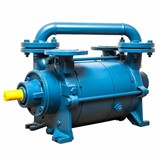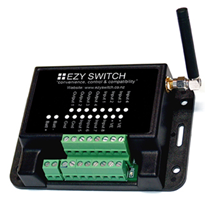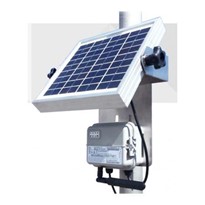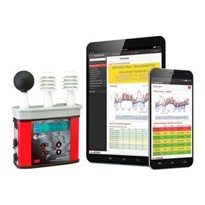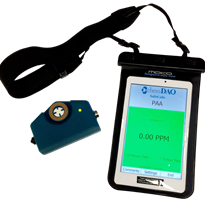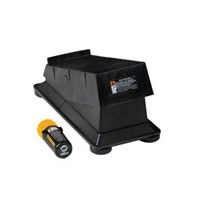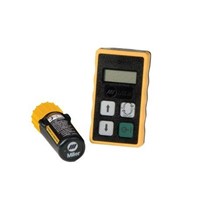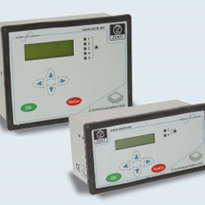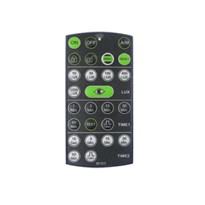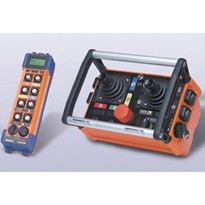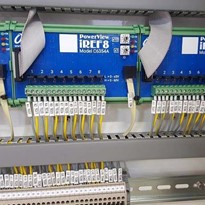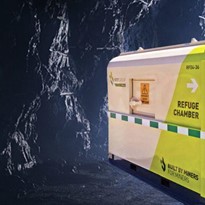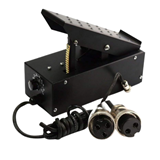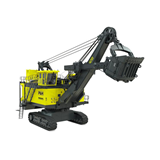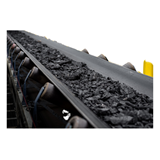Regular, physical access to field locations can be cost or time prohibitive, leaving resources managers without access to the up-to-date information they need to make decisions that can impact on compliance with environmental regulations, efficient operations and maintenance of systems and equipment.
A carefully planned network of remote monitoring and control systems, combined with reliable, optimised satellite communications systems, can provide managers with the full visibility of field conditions they require to achieve cost-effective operational excellence.
The purpose of each remote monitoring and control system can vary but the core elements remain the same:
- A sensor or transmitter to capture an "event" (such as rainfall, bearing temperature, water level)
- Instrumentation to read the signal from the sensor and transmit the data (such as a data logger and modem)
- A wireless network connection (3G/radio/satellite) to carry the data
- A device (such as a computer) capable of accessing the data transmission and translating it into meaningful information







